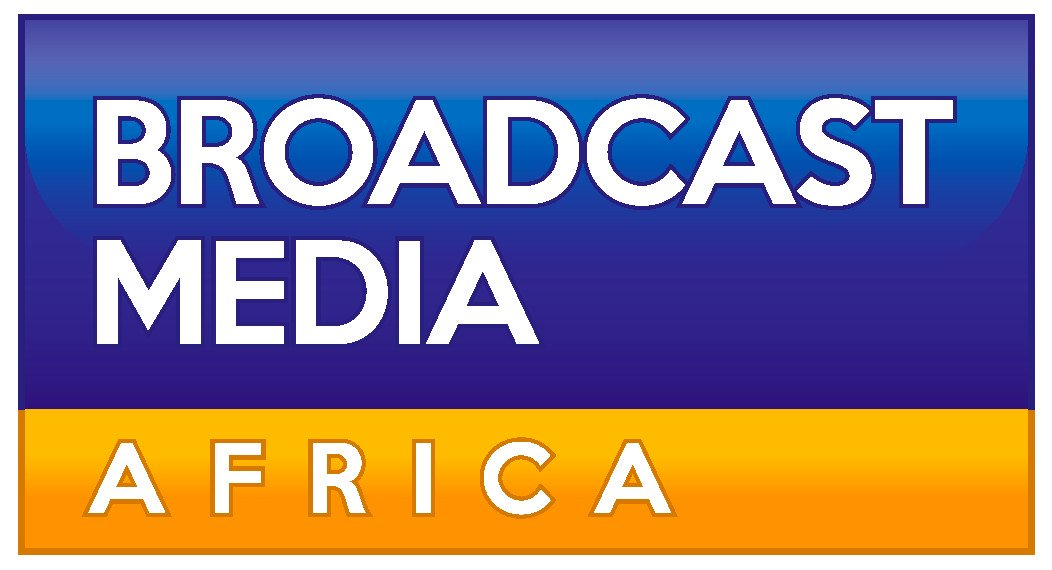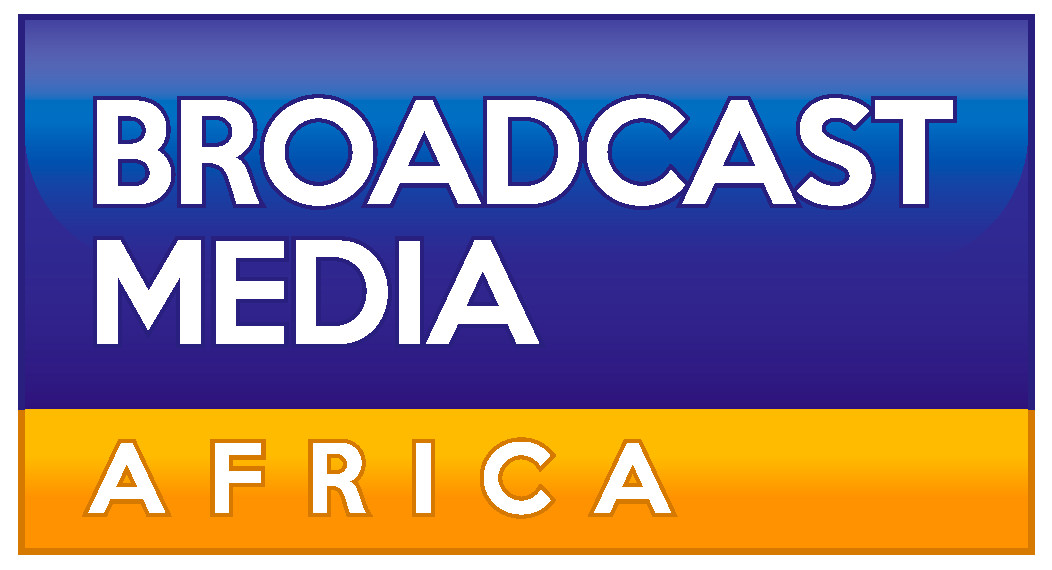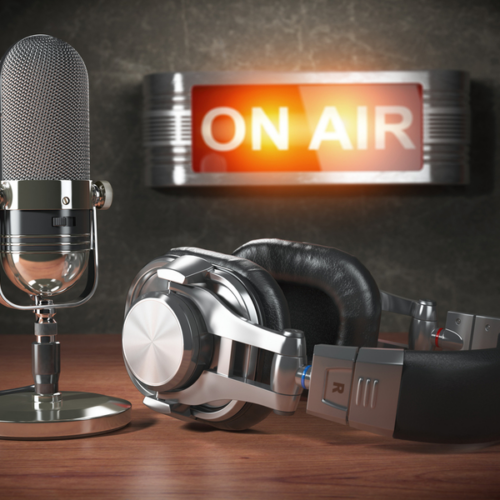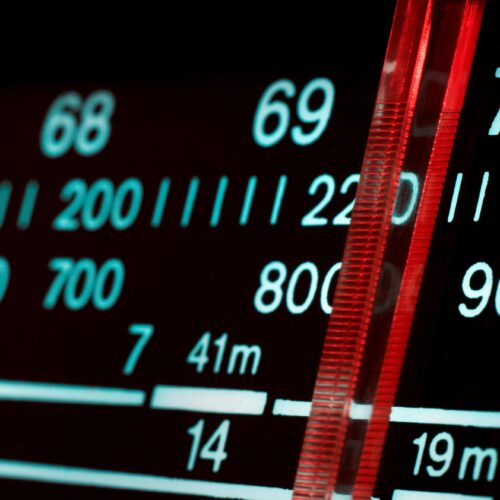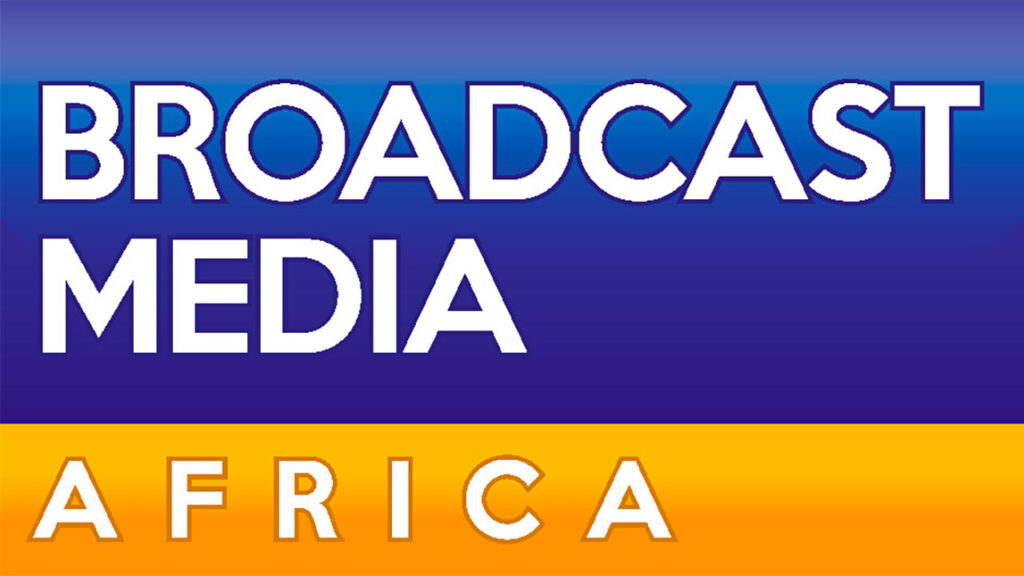
Imagine experiencing a full classroom from your tablet—but instead of relying on the internet, the lessons come through the airwaves. The DRM Consortium is spearheading this revolutionary experiment in collaboration with a high school in the Gambia.
DRM is a global digital broadcasting standard that works across shortwave, mediumwave, longwave, and FM frequencies. It is renowned for delivering crystal-clear audio and multimedia content while consuming a fraction of the energy used by traditional broadcasting methods. Whether catering to vast rural areas or targeting local communities, DRM can convey multiple audio channels and rich content in a single compact signal. It’s not merely radio; it represents the future of broadcasting.
On 8th April, students at St Joseph’s Senior Secondary School in Banjul will participate in a world-first trial: lessons broadcast via shortwave digital radio from the UK will be received on DRM-enabled devices that create a Wi-Fi hotspot. Students will access audio and text lessons from their tablets—no internet, no data plans, just radio waves and smart technology. This is, indeed, the future of education.
These lessons won’t just be in English; thanks to artificial intelligence, they will also be available in French and German. They will be delivered digitally through DRM and accompanied by an interactive digital textbook, Journaline. This means students can access lesson content, visuals, and key takeaways in real-time or whenever they wish.
This development isn’t merely a technological test—it’s a bold statement. It demonstrates that quality education can reach even the most remote learners without relying on expensive infrastructure or internet access. All that’s needed is a DRM-capable radio and a tablet.
It’s a first for Africa and indeed a first for the world—and it could ignite a change in how we perceive access to learning.
